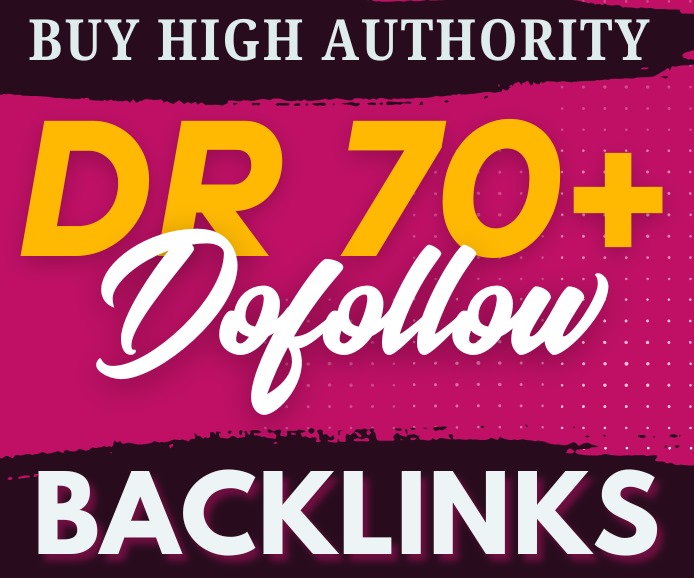Web design refers to the creation and planning of websites. It includes the layout, colors, fonts, graphics, and interactive features that determine how a site looks and feels. It’s not just about making things pretty—good web design helps users navigate easily and take action.
Why Web Design Matters in Today’s Digital World
First impressions happen fast online. When someone visits your site, your web design shapes their opinion in seconds. A sleek, responsive design builds trust, while a cluttered or outdated site turns users away.
The Role of User Experience (UX) in Web Design
Great web design prioritizes the user. UX focuses on how a visitor feels when using your website. Are they frustrated? Confused? Or are they breezing through pages with ease? Your goal is to make them stay, not bounce.
Responsive Web Design: A Must in 2025
With more users browsing on mobile, tablets, and even smart TVs, your design must adapt. Responsive web design ensures your site looks and functions well across all screen sizes. It’s no longer optional—it’s essential.
Key Elements of Effective Web Design
1. Clear Navigation
Your menu should be intuitive. If users can’t find what they need in 3 clicks or less, they’ll leave.
2. Visual Hierarchy
Highlight what matters. Use size, contrast, and placement to guide users’ attention to your most important content.
3. Consistent Branding
From your logo to colors and fonts, your site should reflect your brand identity clearly.
4. Fast Loading Times
No one waits anymore. A delay of just 1 second can reduce conversions. Optimize images and use clean code.
5. Strong Calls to Action (CTAs)
Want your visitors to buy, sign up, or contact you? Tell them exactly what to do with clear, bold CTAs.
Web Design vs Web Development: What’s the Difference?
Web design is how your site looks and feels. Web development is how it works. Designers handle the visuals, while developers build the code behind it. Both are vital for a successful site.
Popular Web Design Tools in 2025
-
Figma – Great for UI design and collaboration.
-
Adobe XD – Ideal for prototyping.
-
Webflow – Design and build at once.
-
WordPress – Still a favorite for CMS-based sites.
-
Canva – Simplified design for small teams or solopreneurs.
Top Web Design Trends in 2025
1. Dark Mode
More sites are offering a dark theme for eye comfort and style.
2. Micro-Animations
Small movements can make a big impact, guiding users subtly through interactions.
3. Neumorphism
A soft, minimal look using shadows and highlights to create depth.
4. Voice User Interfaces
Designing for voice commands is gaining ground, especially for accessibility.
5. Bold Typography
Larger, bolder fonts are dominating headers for better readability and impact.
Web Design for SEO: Why It Matters
Search engines care about user experience. Good web design improves page speed, mobile usability, and content structure—all of which impact your Google rankings. A well-designed site keeps users engaged, reducing bounce rates and boosting SEO.
The Importance of Accessibility in Web Design
Your website should be usable by everyone—including those with disabilities. This means readable fonts, keyboard navigation, alt text for images, and ARIA labels. Not only is it good practice, but it also keeps you compliant with legal standards.
E-Commerce Web Design Essentials
If you’re running an online store, your design must:
-
Showcase products clearly
-
Provide a smooth checkout process
-
Use trust signals (like reviews, badges)
-
Be optimized for mobile
E-commerce web design directly affects your sales, so don’t cut corners here.
Hiring a Web Design Agency vs DIY
Going solo might save money, but a professional agency can elevate your brand. They bring in expert designers, developers, and SEO specialists. If you’re serious about growth, hiring pros often pays off.
Redesigning Your Website: When and Why?
Your site might need a redesign if:
-
It looks outdated
-
It’s not mobile-friendly
-
You’re rebranding
-
Your bounce rate is high
A fresh web design can re-engage your audience and boost conversions.
Costs of Professional Web Design
Prices vary widely. A basic site may cost a few hundred dollars, while complex, custom builds can run into thousands. Consider your goals, audience, and ROI before deciding your budget.
Maintaining Your Website Post-Design
Web design doesn’t end at launch. Regular updates, security patches, content refreshes, and performance checks keep your site running smoothly and ranking well.
How Web Design Impacts Conversion Rates
Design influences behavior. A clean layout, trust-building visuals, and user-friendly interface can turn visitors into customers. Bad design? That leads to lost sales, no matter how great your product is.
Future of Web Design: What’s Next?
AI and automation are changing how we design. Expect:
-
AI-generated layouts
-
Personalized user interfaces
-
Voice-first designs
-
More focus on sustainability and low-carbon web design
Conclusion
Web design in 2025 isn’t just about good looks—it’s about delivering value, creating trust, and driving results. Whether you’re a small business owner or a digital entrepreneur, investing in thoughtful, responsive, and user-focused web design is one of the smartest decisions you can make. It’s not a luxury—it’s a necessity.
FAQs
1. What is the most important aspect of web design in 2025?
User experience. If your design doesn’t prioritize the user, it won’t convert or rank well.
2. How often should I redesign my website?
Every 2-3 years, or sooner if your current design isn’t performing or meeting business goals.
3. Can I do web design myself without coding?
Yes! Tools like Webflow, Wix, and WordPress make it possible—even for beginners.
4. Does web design affect SEO?
Absolutely. Design impacts site speed, mobile usability, and engagement—key SEO ranking factors.
5. How much does professional web design cost?
Anywhere from $500 to $10,000+, depending on your needs, features, and the agency you hire.




